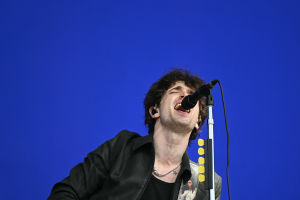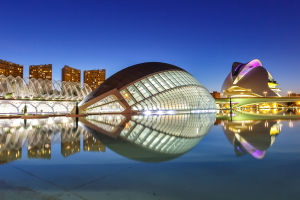Imagine stepping *inside* the swirling brushstrokes of a masterpiece, feeling the scale shift around you.
Welcome, Lykkers, to the electrifying world of virtual reality art, where galleries dissolve, and you become part of the creation.
Engaging with art has evolved into an immersive experience that captivates the senses and invites participation. This isn't just viewing; it's a full-body plunge into imagination, transforming spectators into active explorers. Forget passive observation; VR art demands your presence.
Seeds Planted
The roots of this revolution stretch back to the 1960s and 70s. Visionaries like Myron Krueger weren't satisfied with static canvases.
They crafted responsive environments – rooms where body movements directly manipulated projected light and sound. Think waving your arm to paint digital trails across a wall. These early experiments were the crucial spark, proving art could be a dynamic, two-way conversation long before sleek headsets existed.
Headsets Arrive
Everything changed in the 2010s. Suddenly, powerful VR headsets like the Oculus Rift and HTC Vive became accessible. No longer confined to research labs, artists could finally afford the tools to build entire worlds.
This tech leap wasn't incremental; it was explosive. Sculpting in thin air, painting with light in 360 degrees – the impossible became an artist's daily studio practice.
Pioneers Emerge
Trailblazers seized the moment. Legendary performance artist Marina Abramović harnessed VR's power for "Rising." Viewers found themselves trapped in a surreal, flooded chamber with her digital double, confronting the visceral reality of climate change.
It wasn't watched; it was felt, sparking profound emotional responses and urgent reflection on our planet's future.
Museums Shift
Initially hesitant, major institutions quickly embraced the potential. Prestigious venues like MoMA, the Whitney, and the Tate Modern launched dedicated VR exhibitions.
These weren't tech gimmicks tucked in a corner; they were headline attractions, drawing younger, digitally-native crowds. High curatorial standards met cutting-edge tech, proving VR's place in serious contemporary art discourse.
Walls Vanish
VR shatters the fundamental constraints of physical art. Forget fixed viewpoints behind velvet ropes. Here, there are no walls. You navigate freely, examining a digital sculpture from inside its structure or floating through an infinite cosmic landscape.
The artist sets the stage, but your journey through it becomes uniquely yours, co-authoring the experience.
Tools Transform
Gone are the days of solely relying on brushes or chisels. Software like Tilt Brush (painting in 3D space) and Oculus Medium (digital sculpting) are the new studios.
Artists literally step into their canvas, manipulating form and scale with intuitive gestures. This spatial freedom births entirely new aesthetics – art conceived from angles previously unimaginable.
Audience Engaged
Passive viewing is obsolete. In a VR gallery, you are an essential participant. Japanese collective teamLab exemplifies this. Their sprawling digital ecosystems – forests of light, cascading waterfalls of flowers – react to your presence.
Walk near a digital blossom, and it might bloom; touch a virtual creature, and it could scatter. Every visit is a unique, personal narrative.
Empathy Engine
VR's unique power lies in embodiment, earning it the title "empathy machine." By literally stepping into another's perspective – perhaps experiencing memory loss or exploring complex identity – viewers forge deep, visceral connections.
Artists like Laurie Anderson use this to tackle profound societal issues, leaving indelible emotional imprints long after the headset comes off.
Hurdles Remain
Adoption isn't seamless. Some experience headset fatigue or find the technology intimidating. Galleries face costs for hardware and maintenance.
Yet, as headsets become lighter, cheaper, and more intuitive, and as younger generations – digital natives – mature, these barriers steadily lower. The appetite for deep immersion is undeniable.
Future Beckons
The emergence of VR art installations marks a seismic shift in artistic expression and engagement. It transcends traditional boundaries, offering artists infinite canvases and inviting audiences into the heart of the creative act.
This isn't just a new tool; it's a new dimension for human imagination. The invitation is open: stay curious, embrace the plunge, and discover how art can truly envelop you. What will you create, or become, within its boundless realms?


